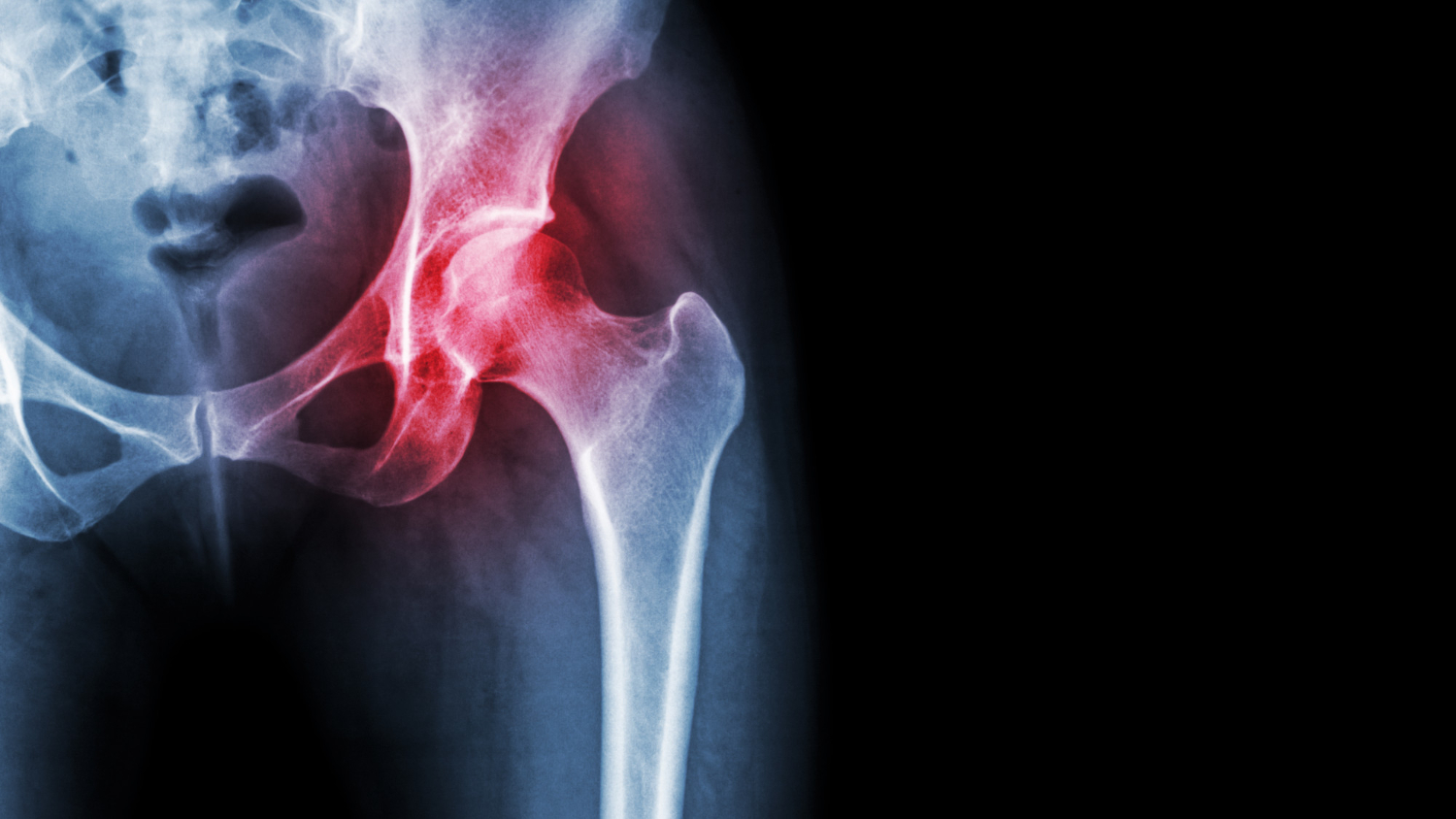Introduction
Transient synovitis is an acute self-limited inflammation of the hip joint synovium that can cause hip pain and limp in children. It is characterized by symptomatically unilateral hip pain and limitation of motion in the hip. It is relatively common and usually affects children between 3 and 8 years old. The average annual incidence of transient synovitis and the total lifetime risk is estimated to be at 0.2% and 3%, respectively. The male-to-female ratio is 2:1. There is a slightly higher rate of occurrence during the fall months.
Etiology
The exact cause is not known. In some cases, it happens after a child has had an upper respiratory tract infection; also, posttraumatic, allergic causes have been proposed.
Evaluation
The history and examination of the child with hip pain are focused on
distinguishing between infectious, inflammatory, orthopedic/mechanical, and
neoplastic causes. Most children have had symptoms for less than a week at the time of presentation. Children generally are well-appearing, have mild symptoms in the evening, and awaken the following morning unable to bear weight. The main symptom is hip pain that comes on quickly and decreases the range of motion, particularly internal rotation and extension. This can cause the child to limp when they walk or have an antalgic limp. The pain is usually located in the hip area; however, it may present as anterior thigh or knee pain. Fever is typically absent or low grade and rarely greater than 38°C. In most cases, only 1 hip is affected, but some children have pain in both hips. But even in symptomatically unilateral disease, ultrasound will detect bilateral effusions in 25 percent of children, representing an important clue that the diagnosis is transient synovitis rather than septic arthritis, which is rarely bilateral. Laboratory values are nonspecific: CBC, ESR, and CRP are usually normal but may be marginally elevated (ESR range 21 – 33 mm/hr, WBC averaging 10,000 – 14,000 and above 200 U/ml for ASO ). C-reactive protein level of >2.0 mg/dL (>20 mg/L) was a strong independent risk factor for septic arthritis. Patients with clinical or laboratory findings of concern should undergo hip imaging (typically ultrasonography of both hips). The symptoms generally show a gradual but complete resolution over several days to weeks.
Treatment
The management of transient synovitis is conservative, with the use of nonsteroidal anti-inflammatory drugs or NSAIDs and return to full activity as tolerated. The child should rest their hip as much as possible while it hurts. The prognosis usually is excellent, with full recovery to be expected. Recurrence rates from 4 to 15 percent have been reported, but most children
with recurrent transient synovitis have a benign course. Transient synovitis appears to have no significant long-term sequelae, although long-term studies suggest a slightly increased incidence of radiological abnormalities such as coxa Magna. There is no evidence of a direct causal association with Legg-Calvé-Perthes disease.
Hope this helps!
Best Regards,
Davit Sekoyan, MD, Pediatric Orthopedic Surgeon, Wigmore Clinic



